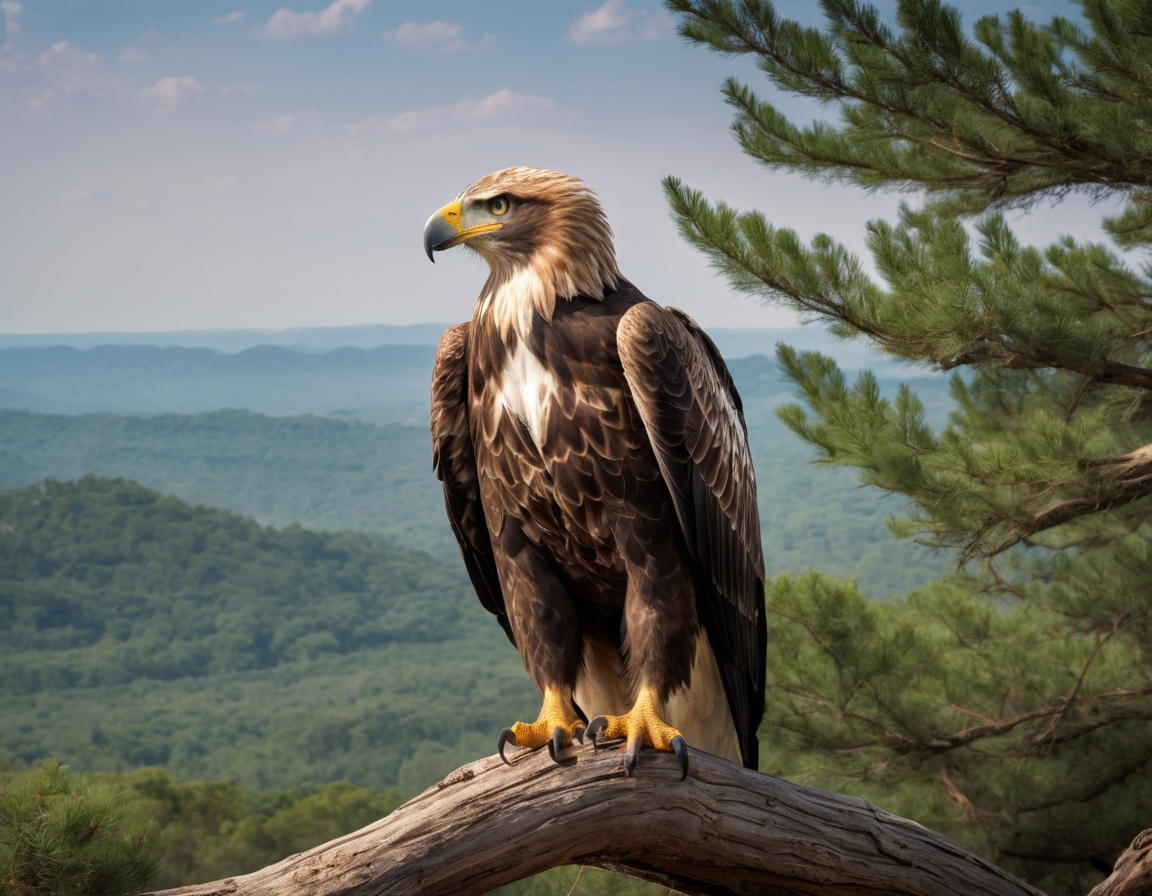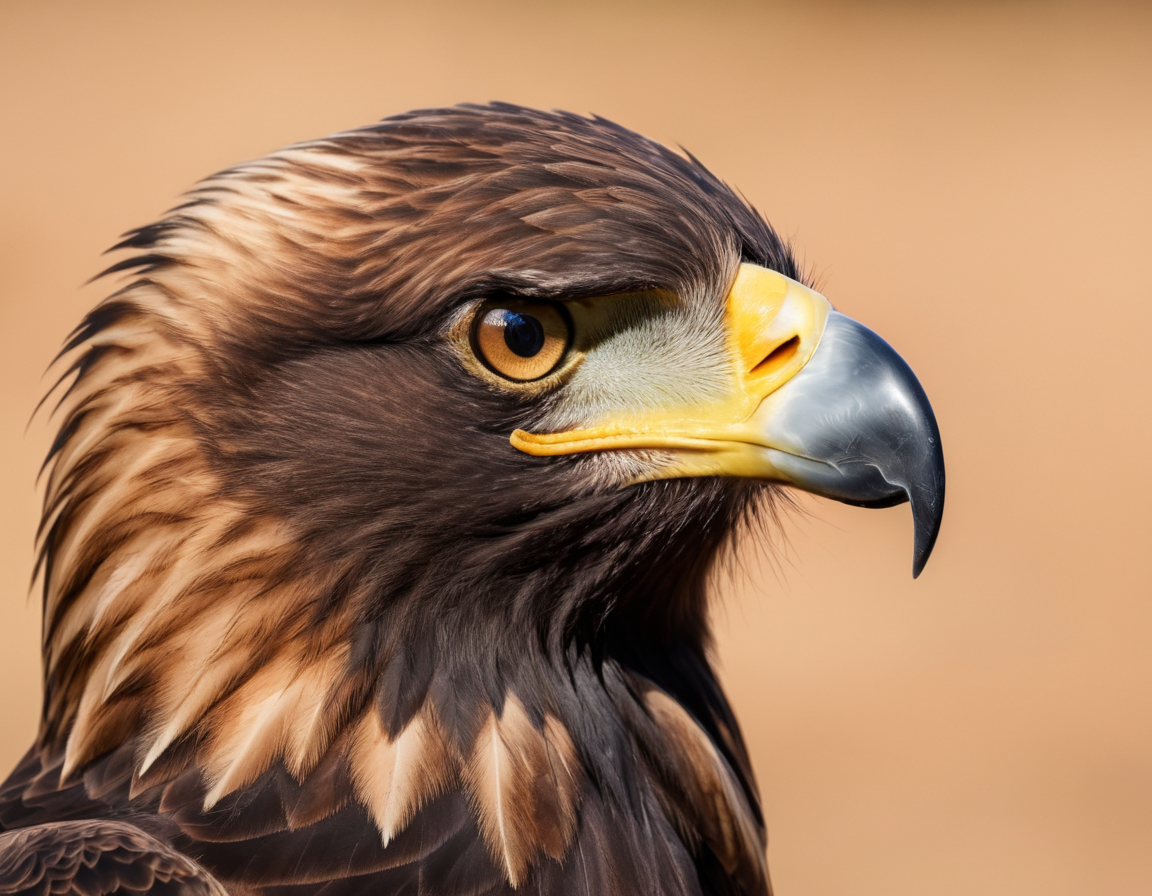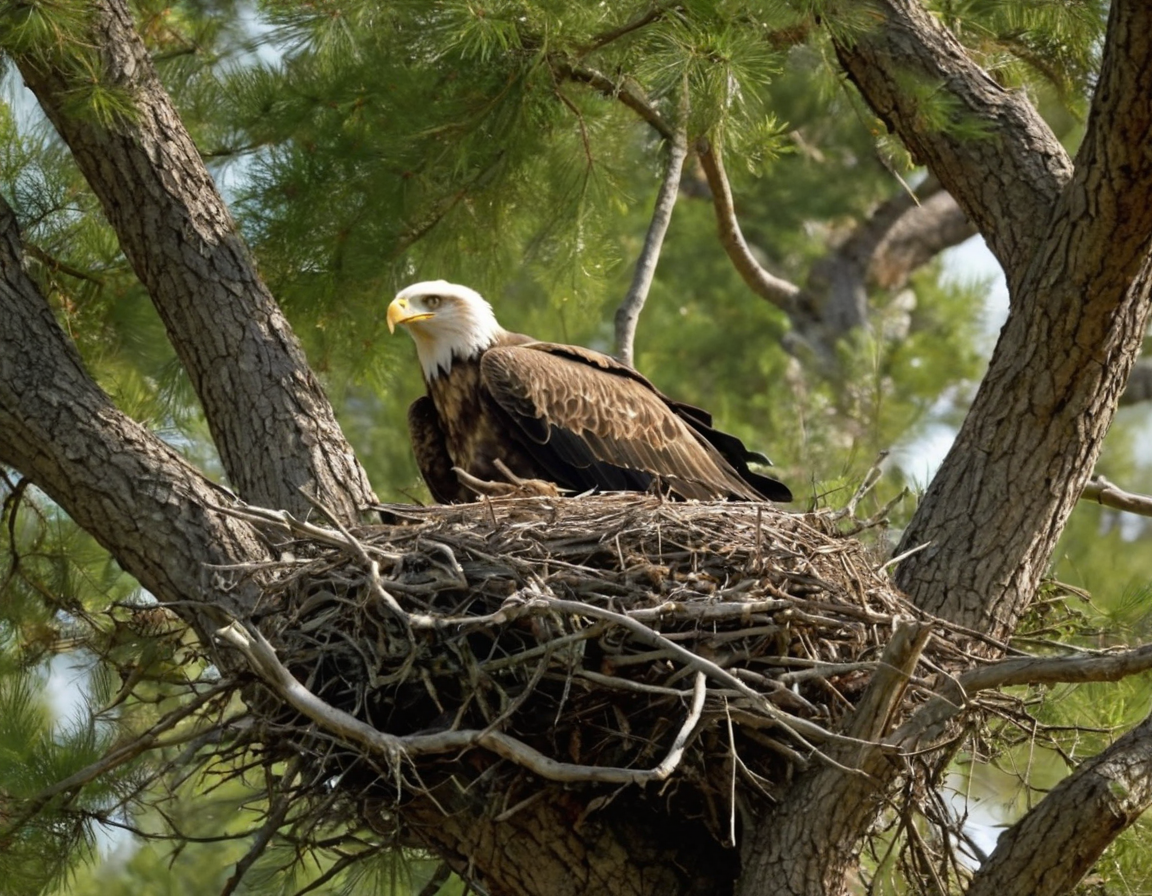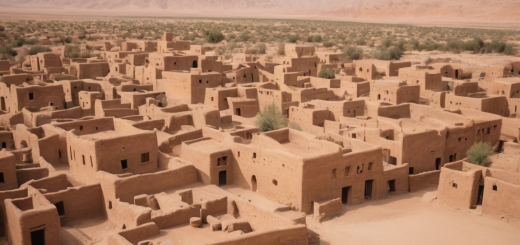Unveiling the Secrets of the Eastern Imperial Eagle: A Nature’s Marvel
Discover the Majesty of the Eastern Imperial Eagle
The Eastern Imperial Eagle (Aquila heliaca) is not only a symbol of power and majesty in the animal kingdom, but it also plays a crucial role in maintaining the ecological balance. In this post, we will dive deep into the life of this raptor, discussing its habitat, behavior, and conservation status. Join us as we explore the fascinating world of one of nature’s most impressive birds of prey.
Introduction to the Eastern Imperial Eagle
With a commanding presence, the Eastern Imperial Eagle is a large species of bird of prey that belongs to the family Accipitridae. Native to Eurasia, this eagle holds significant importance in various cultures and is often a subject of fascination among ornithologists and bird enthusiasts  .
.
Habitat and Distribution
The Eastern Imperial Eagle prefers open and semi-open landscapes, often nesting in forested areas near water bodies. Its geographical range spans across multiple continents, from Europe to Asia, with notable populations in countries like Russia, Kazakhstan, and Hungary  .
.
Morphology and Identification
Identifying an Eastern Imperial Eagle can be an awe-inspiring experience. With its impressive wingspan and distinct color patterns, birdwatchers can recognize this species by its dark brown plumage, with lighter golden-brown nape and crown. Juveniles display a different coloration, which changes as they mature  .
.
Behavior and Diet
The diet of the Eastern Imperial Eagle mainly consists of small to medium-sized mammals, birds, and reptiles. They are known for their powerful hunting techniques, often soaring gracefully before diving to capture prey with their sharp talons  .
.
Reproduction and Life Cycle
Eagles are monogamous birds, and the breeding pair builds large nests in tall trees or on cliffs. The female lays up to two eggs annually, with the older chick often outcompeting the younger for food and parental care, a phenomenon known as siblicide  .
.
Conservation Status
Unfortunately, like many raptors, the Eastern Imperial Eagle faces threats from habitat loss, poaching, and collision with power lines. Conservation efforts include breeding programs, habitat restoration, and legal protection to ensure the survival of this majestic species  .
.
Final Thoughts
The Eastern Imperial Eagle represents not only the beauty and complexity of the natural world but also the ongoing struggle for conservation. By understanding and respecting these creatures, we can contribute to maintaining the biodiversity necessary for a healthy planet.
We invite you to engage with nature actively and perhaps catch a glimpse of the extraordinary Eastern Imperial Eagle in its natural habitat. Share this post to raise awareness and appreciation for this regal bird of prey.






